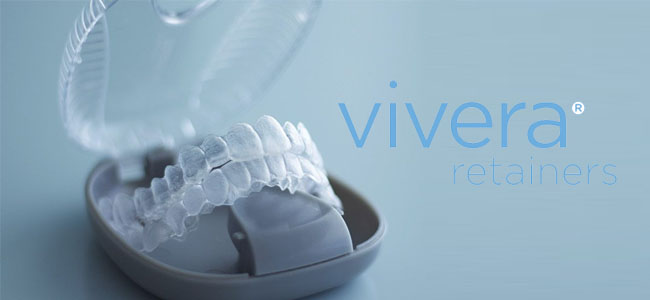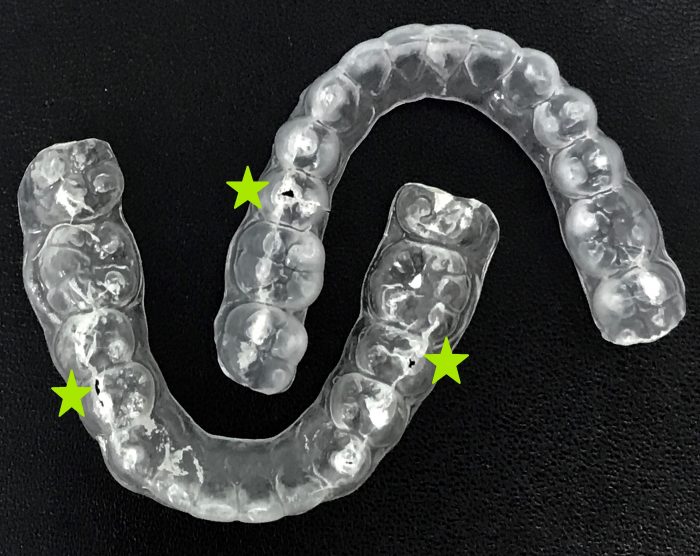Addressing Common Teeth Retainer Issues
After completing your braces journey, the maintenance phase with teeth retainers becomes crucial. Teeth, being dynamic biological structures, naturally shift slightly even after treatment, working tirelessly to support functions like eating, smiling, and talking.
Teeth retainers act as steadfast ‘Maintainers.
Teeth retainers play a vital role in preventing or minimising teeth relapse, where the teeth shift back towards their original position.
Research indicates that the highest risk of relapse occurs in the first year after completing tooth movement, with specific types of tooth movement more susceptible to relapse than others.
Retainers are tighter than usual
Retainers play a crucial role in maintaining your teeth’s ideal positions post-braces removal. If you’ve neglected wearing teeth retainers for a while, tooth movement may occur, causing the retainers to feel tighter than usual. This tightness signals a reminder to consistently wear your retainers and preserve the alignment achieved through your orthodontic journey.
Assess Your Teeth’s Alignment: If you notice minimal movement and your teeth retainers can fit almost entirely, consider wearing them overnight and throughout the day (except during meals and brushing) for a few days to gradually guide your teeth back into position. The retainers should feel snug.
Important Note: Retainers are not designed for significant tooth movements like braces. If your teeth have shifted considerably, refrain from forcing the retainers in, as this can result in irreversible damage to your teeth and gums. Reach out to us promptly for assistance.
If your retainers feel excessively tight due to exposure to hot water, being stepped on, sat on, or crushed by heavy textbooks, it’s likely they have become distorted or deformed. Urgently contact us for prompt assistance to address and rectify the issue!
Experiencing Tightness?
If your retainers feel too tight due to extended non-use, please notify our team promptly. Reach out to us via WhatsApp message (65)9784 8081, phone (65)6737 9797, or email smilematters@mybracesclinic.com. We aim to schedule an earlier appointment to address this issue.
Take the time to train with us until you feel comfortable and confident in independently removing your retainers.
Retainers are too loose
Retainers are too loose if they just can’t stay on your teeth. Loose retainers that do not hug teeth, cannot hold teeth in place efficiently.
Possible reasons for loose retainers are:
- Distorted/ deformed retainers
- Cracked/ broken retainers or parts of the retainer.
- Newly erupted teeth.
- Altered shape of teeth from new dental restorations or dental trauma.
What to do:
Do notify the Team@MyBracesClinic by dropping us a Facebook Message, calling us at (65)6737 9797 or email us at smilematters@mybracesclinic.com. We would like to schedule an earlier appointment to address the cause of loose aligners ASAP.
Retainers are cracked/ worn out.
Look out for cracks and traces of wear on your retainers, it may indicate that you have a habit of clenching or grinding your teeth. You might need a firmer and more durable retainer to withstand your grinding tendencies.
What to do:
Do notify the Team@MyBracesClinic by calling us at (65)6737 9797 or email us at smilematters@mybracesclinic.com. We would like to schedule an earlier appointment to get you back on track.
Lost Retainers
Top reasons for losing retainers
- TISSUE PAPER! Wrap retainers in them and a high chance you’ll bin everything.
- If you see someone rummaging through the dustbin of Macdonald’s, there is a high possibility their retainers were kept in the burger box and accidentally binned.
What to do:

Consider Vivera Retainers as they are a set of 3 identical, digitally printed clear retainers so you will never be caught out even if you accidentally lose a set.
Alert the Team@MyBracesClinic by dropping us a Facebook Message, calling us at (65)6737 9797 or email us at smilematters@mybracesclinic.com.
FAQs About Teeth Retainers
The duration varies, but it’s generally recommended to wear retainers full-time for the first few months and then transition to wearing them at night for an extended period to maintain the results.
Certainly! Retainers come in various types to cater to different preferences and orthodontic needs:
- Clear Aligner-Style Retainers:
- Examples: Clear Retainer, Vivera.
- Material: Made of transparent plastic.
- Design: Resembling the appearance of clear aligners.
- Versatility: Aesthetic and removable.
- Removable Retainers:
- Examples: Essix, Hawley.
- Essix Material: Clear plastic.
- Hawley Material: Acrylic and metal.
- Design: Custom-made for each individual.
- Usage: Removable for ease of use.
- Fixed Retainers:
- Example: Bonded Lingual.
- Placement: Wires bonded to the back surfaces of teeth.
- Continuous Support: Provides a continuous force to maintain teeth alignment.
The selection of a retainer type depends on factors like your orthodontic treatment plan, personal preferences, and lifestyle. Your orthodontist will recommend the most suitable option based on these considerations. It’s important to communicate your preferences and concerns to ensure the chosen retainer aligns with your comfort and lifestyle.
Retainer care involves regular cleaning, avoiding exposure to excessive heat, and following your orthodontist’s specific care instructions. Since care guidelines may vary depending on the retainer type, it’s crucial to adhere to the advice provided by your orthodontic team for proper maintenance.
It’s advisable to remove retainers while eating to prevent damage. Store them safely in their case.
If it’s a mild discomfort due to non-use, contact your orthodontic team. If it’s extremely tight or causes pain, seek professional assistance promptly.
In some cases, wearing your retainer as directed may help correct minor shifts. Consult your orthodontist for guidance.
The lifespan varies, but it’s recommended to replace removable retainers every 1-2 years and follow your orthodontist’s guidance for fixed retainers.
Contact your orthodontic team immediately for advice. They may recommend a replacement or provide instructions based on your specific situation.

